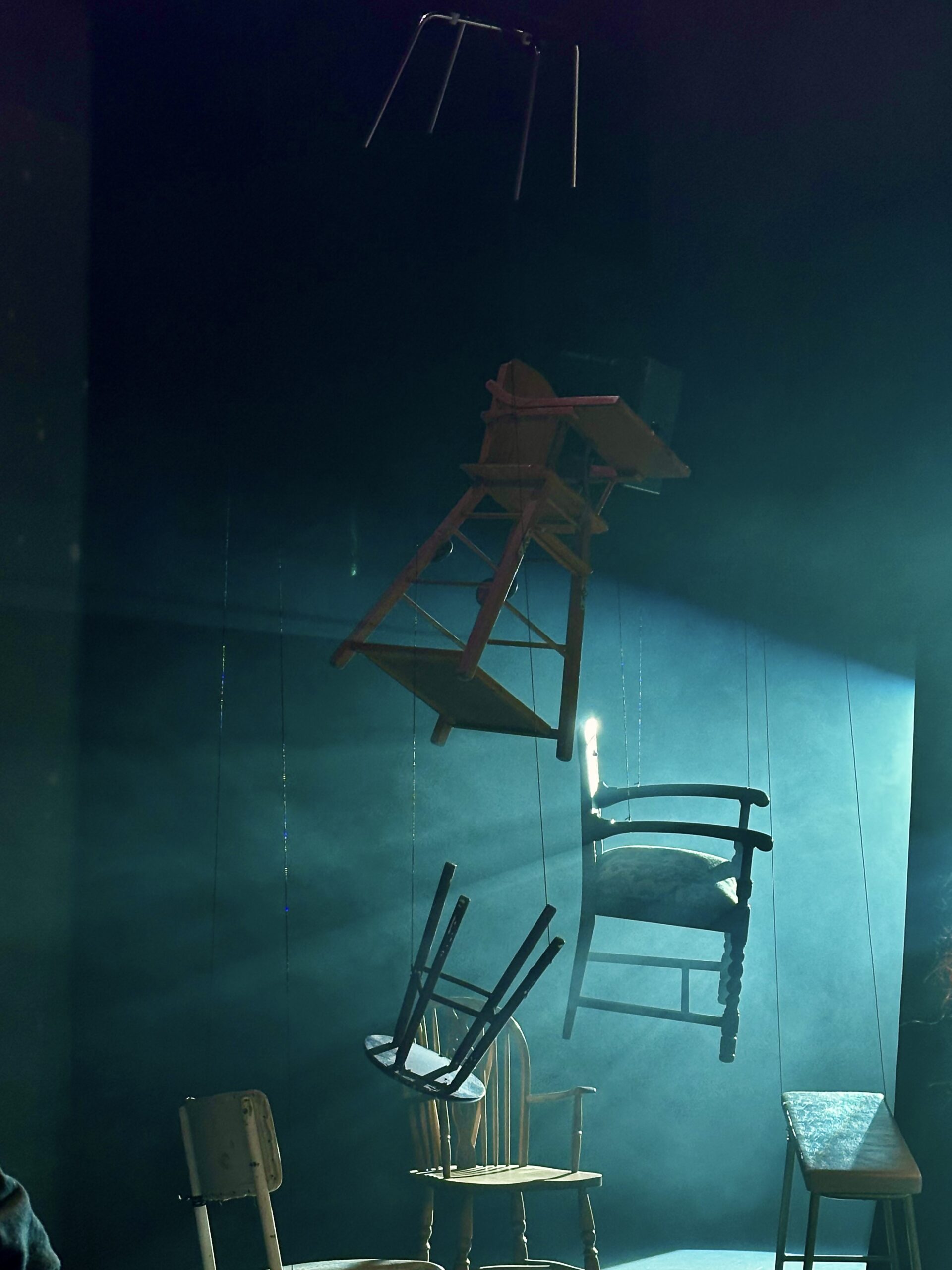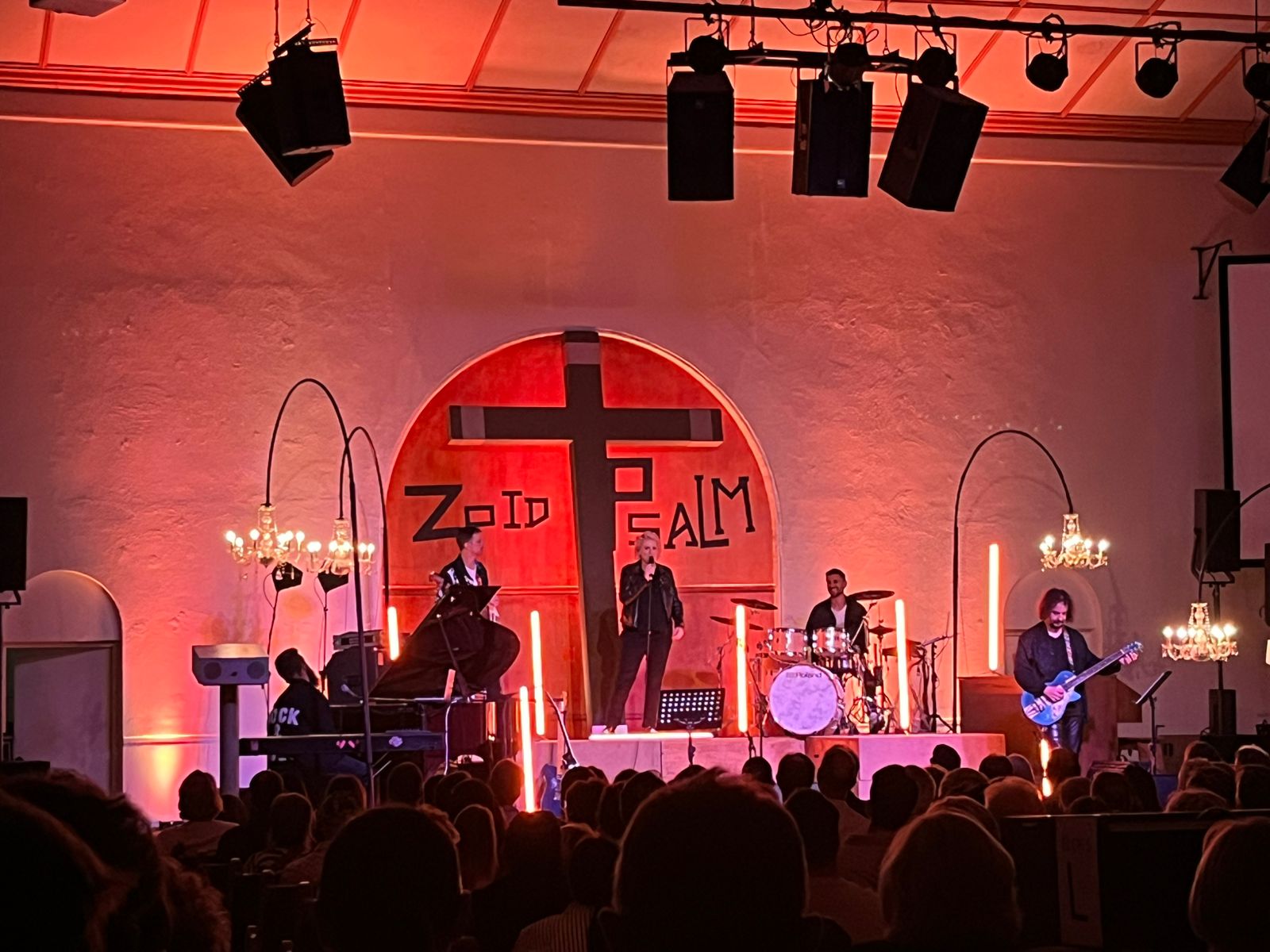By Jana Burger

From 12 to 20 of September, the Stellenbosch University Drama Department performed Hamlets at the Adam Small Theatre Complex. Directed by Nicole Holm, the production featured a powerful 28-person cast. The play centred around the theme of humanity’s inability to show compassion towards one another in a modern world. By using The Viewpoints compositional technique, the play used snippets of Shakespeare’s Hamlet to fit the message they were communicating.
Even though the theme of unkindness in our society is relevant today, it’s not necessarily relevant to Shakespeare’s Hamlet. When Hamlet is portrayed as being unkind towards other characters in the play, it is due to his antic disposition (or feigned madness), rather than his being inherently unkind. The way that the theme of compassion was portrayed in Hamlets felt like someone chose the theme that the play should be about and forced the dialogue in Shakespeare’s Hamlet to fit that narrative.
The best part of this play was the use of chairs. Whenever two characters were in conflict with one another, it happened around a chair, with each person trying to gain the upper hand. By the end of the play, the chairs laid scattered across the stage as abandoned remnants of broken relationships. This aspect, paired with the stage design and lighting, elevated the conflicts between the characters.
This was, however, the only aspect of unity in the play.
The play consisted of so many different scenes that didn’t flow into or link with each other very smoothly, which made everything feel a bit disjointed and led to it falling short. It ended up more like watching a drama project stitched together and much less like a professional performance.
Hamlets also had aspects of repetition in every single scene. Whether that was everyone running across the stage for four and a half minutes or two people kicking and picking up a chair for three minutes, nothing happened once. And yes, repetition in theatre is powerful, but if the whole hour-and-fifteen-minute-long play is a string of repetitive scenes, you will eventually start to lose the audience and imply that they are unintelligent, insinuating that they won’t understand the underlying message unless you spell it out for them.
Despite this, Hamlets was fun (and often uncomfortable) to watch. It definitely sparked some dialogue about the extent to which a play can be abstract without taking away from the message being communicated.



